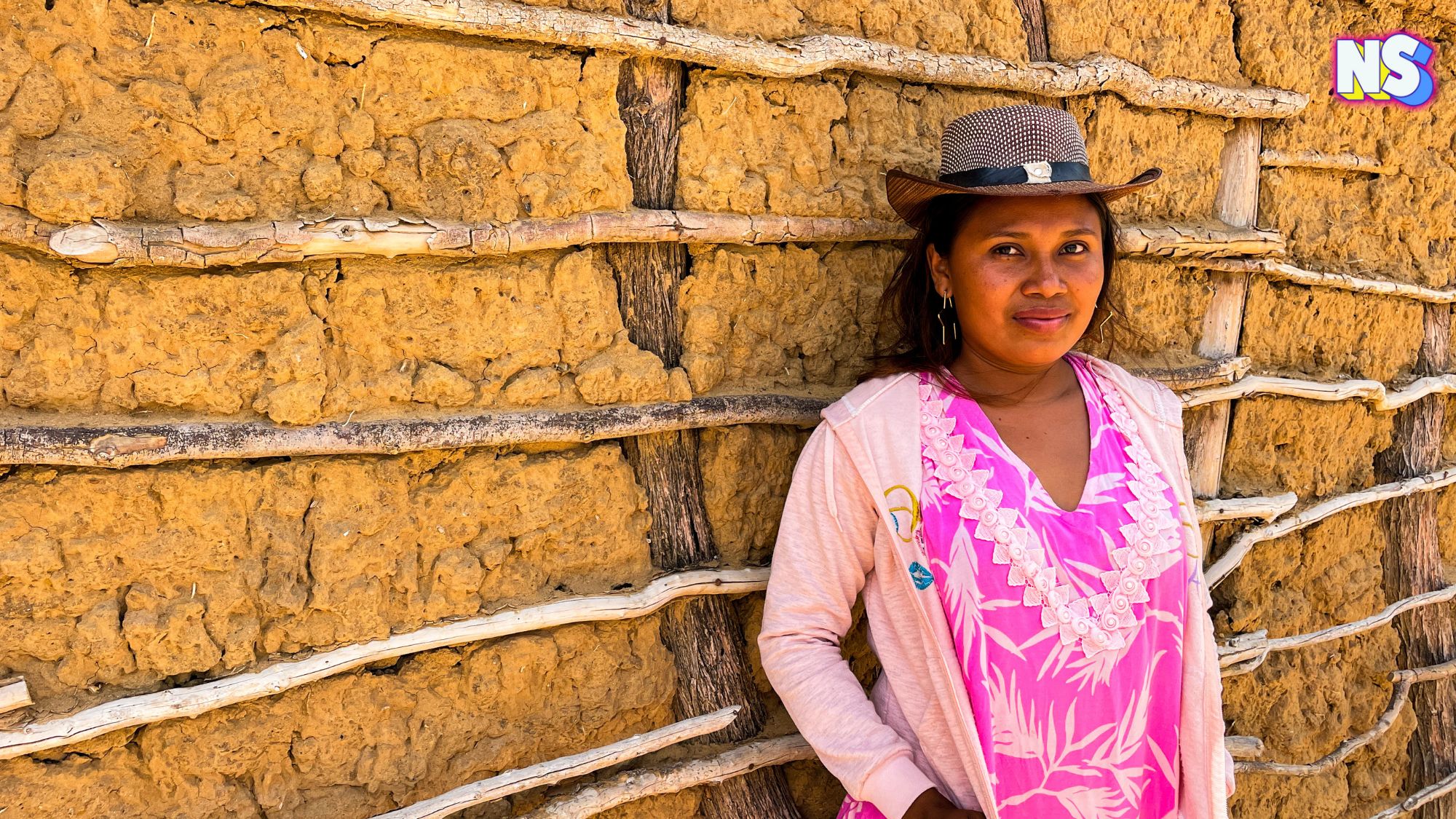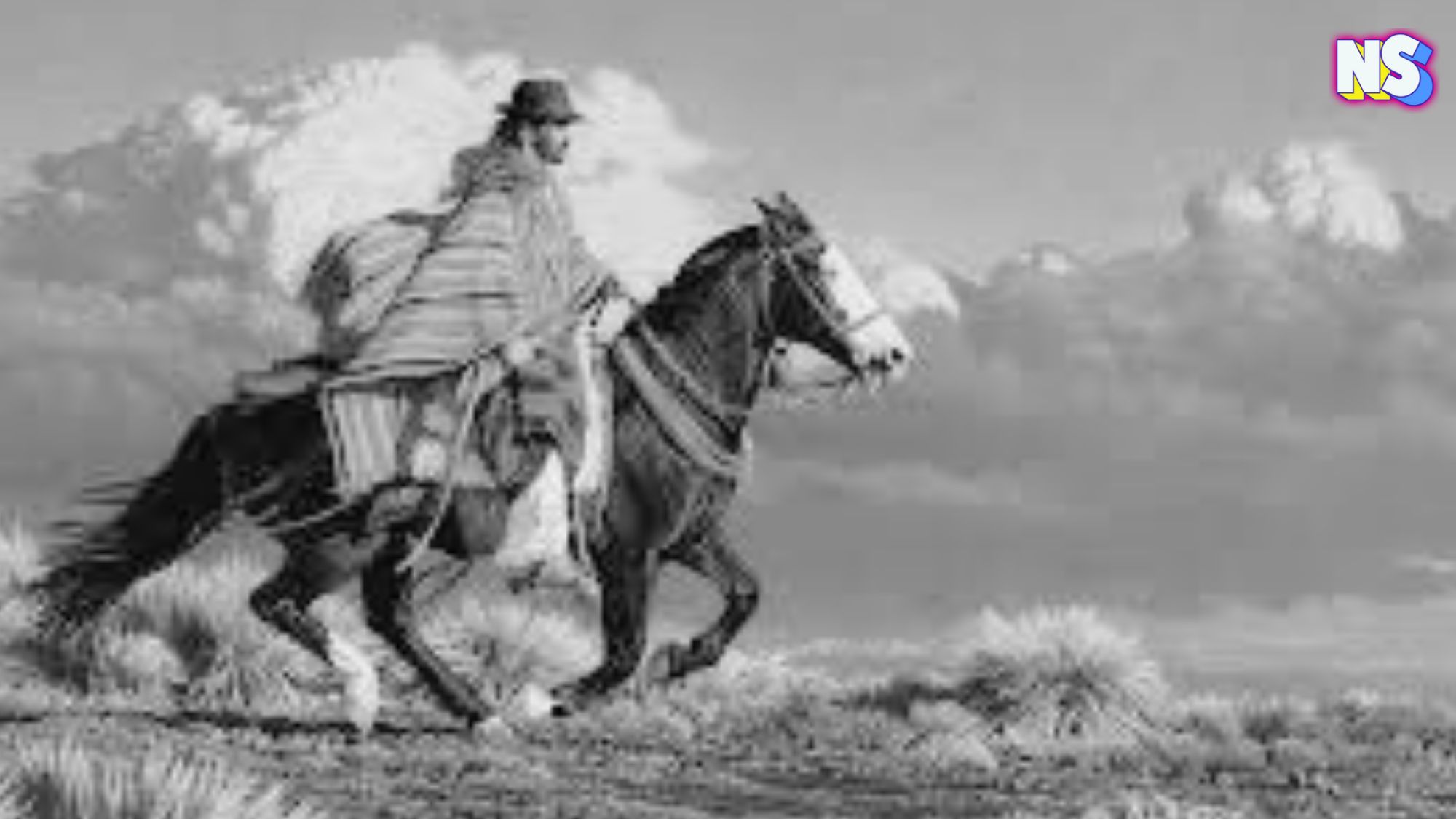In a small community on Colombia’s la Guajira peninsula, a family takes a few strides across the sun-scorched land to a tall, bladeless windmill that has stood broken for years. They attach a tube to a long rope, lowering it slowly into the ground. Taking turns, they crank a heavy handle – a makeshift solution to bring much-needed water to the surface. They’re part of an indigenous community called the Wayuu, also known as Colombia’s ‘forgotten People.’
Understanding the Wayuu
The Wayuu, whose population numbers around 380,000, have inhabited the dusty brown plains of Colombia’s semi-arid northern tip for centuries. Known as the people of the sun, sand and wind, their way of life is not easy. Their land is remote. The climate is harsh. And water, food and work remain scarce. Some have called their living situation “a humanitarian crisis” which has been “neglected for years.” However, as descendants of warriors, the Wayuu people remain proud.
“We were already here when the Spanish invaders arrived,” Jose Gonzales explains. “We are a warrior people, and we have always defended our territory. That’s why we are still here today.”
The Search for Water
While many Wayuu people have migrated to the cities to try their luck finding employment, others still live in isolated communities, relying on ancient, time-honored methods collecting water, rearing animals and growing crops and making artisan crafts.
“For us, water brings many blessings,” Milena González Uriana, who lives in the community called Urrachirrapa, says. The 23-year-old says she is both happy and relieved when the rains start to fall.
Water has always been a limited and precious resource in la Guajira, and the Wayuu have evolved ways to capture and conserve it. Many families collect rainwater from reservoirs, known as jagüeyes, as well as water from deep underground wells.
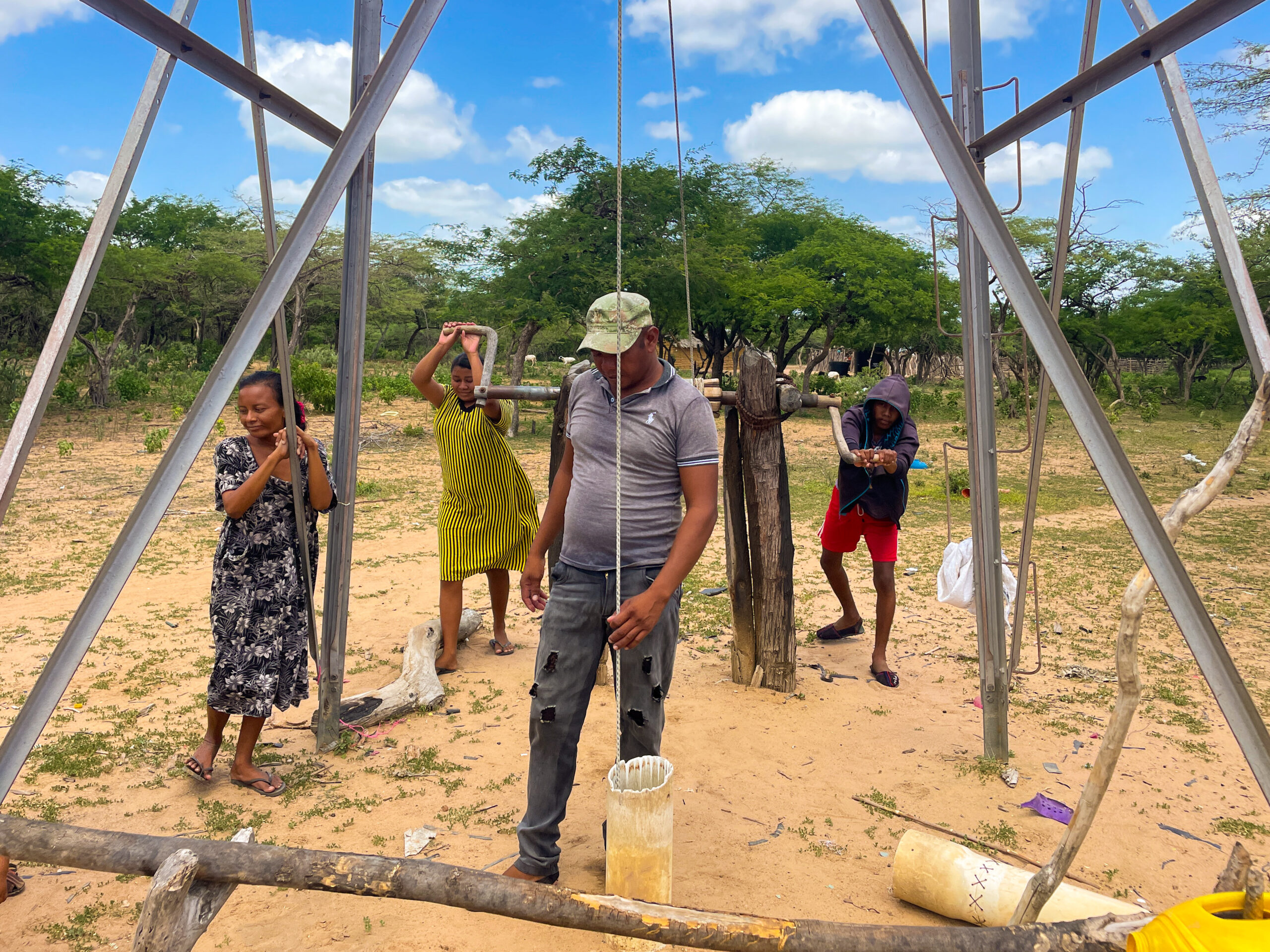
Milena’s family collects water together.
“First we think of our mouths … in drinking and how to get food. To eat, we need to have water,” Milena explains, her vibrant magenta dress a stark contrast to the muted earthy tones around her. “We can plant corn, beans and yucca. We also use the water for cooking, bathing and for the animals. Goats, donkeys and chickens.”
After gathering water, Milena’s family sit in hammocks, known as chinchorros, and on small wooden stools.
They speak in Waiyuunaiki – the language of the Wayuu. One lady picks up a half-woven bag, or mochila, and swiftly moves her fingers in a craft that has been passed down by her female ancestors. Legend has it that Walekerü, a wise spider, taught the Wayuu women how to weave.
“The good thing is that we live here together and work together too. We share everything as a family” Milena says.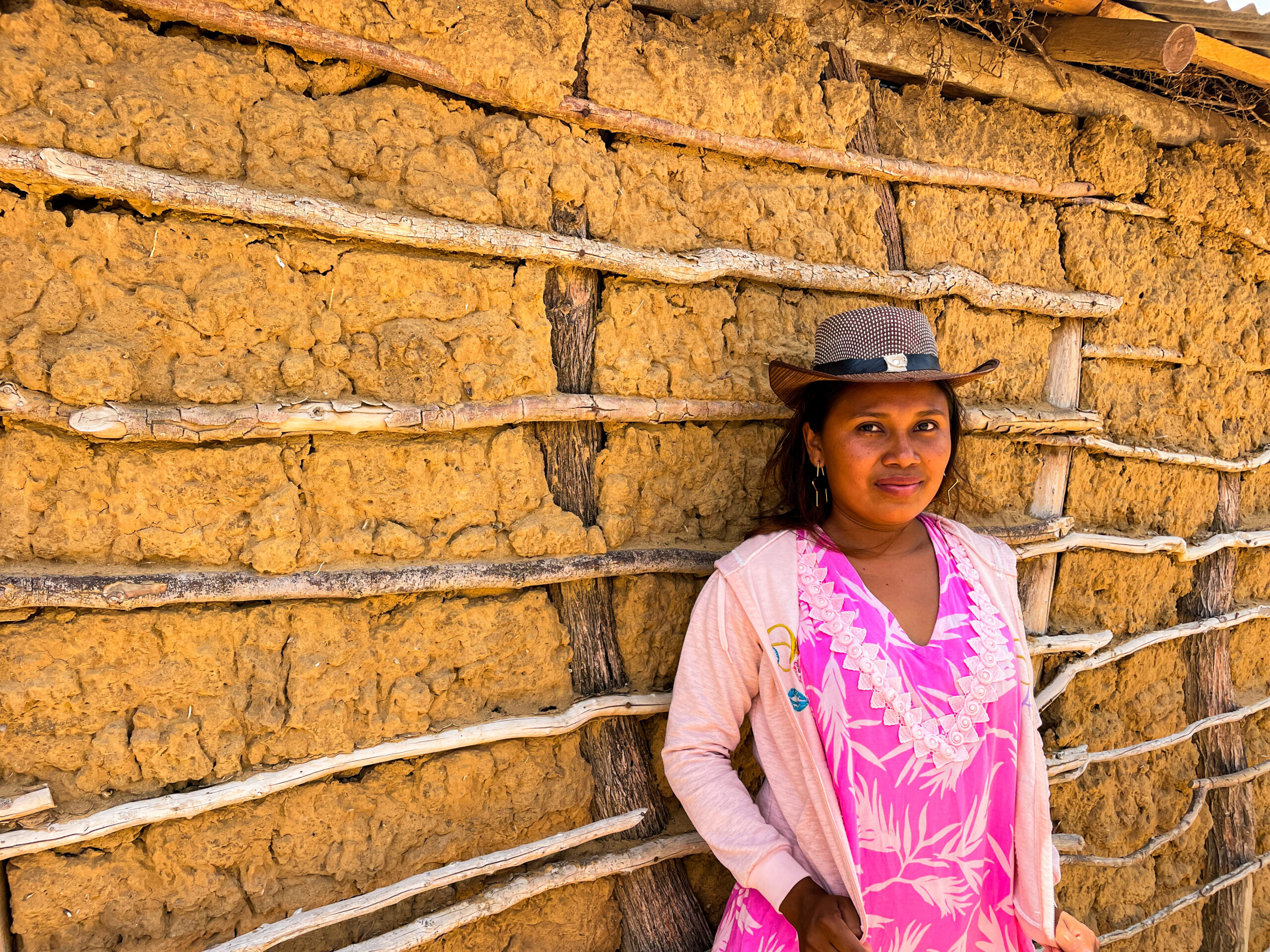
Milena studied a nursing course but has not yet found work.
A Way of Life
Artisanal practices are a pillar of Wayuu traditions and a way of expressing life, according to the organization, Artesanías de Colombia. But they’ve also become a means to get by.
“I finished my studies by weaving mochilas,” says Milena, who sold the bags to pay for her education. She graduated months ago from her nursing course, but has been unable to find work. La Guajira is the second poorest department in Colombia, with a poverty level of 65,3 percent, according to government statistics agency, DANE.
Tourists along the Carribean coast have become reliable customers for Wayuu weavers, and tourism has also become a valuable income source for the Wayuu more generally. Off-road vehicles carrying visitors traverse the sandy, unmarked trails to Punta Gallinas, the most northerly point of South America, and sometimes stop at communities along the way so tourists can learn about Wayuu traditions.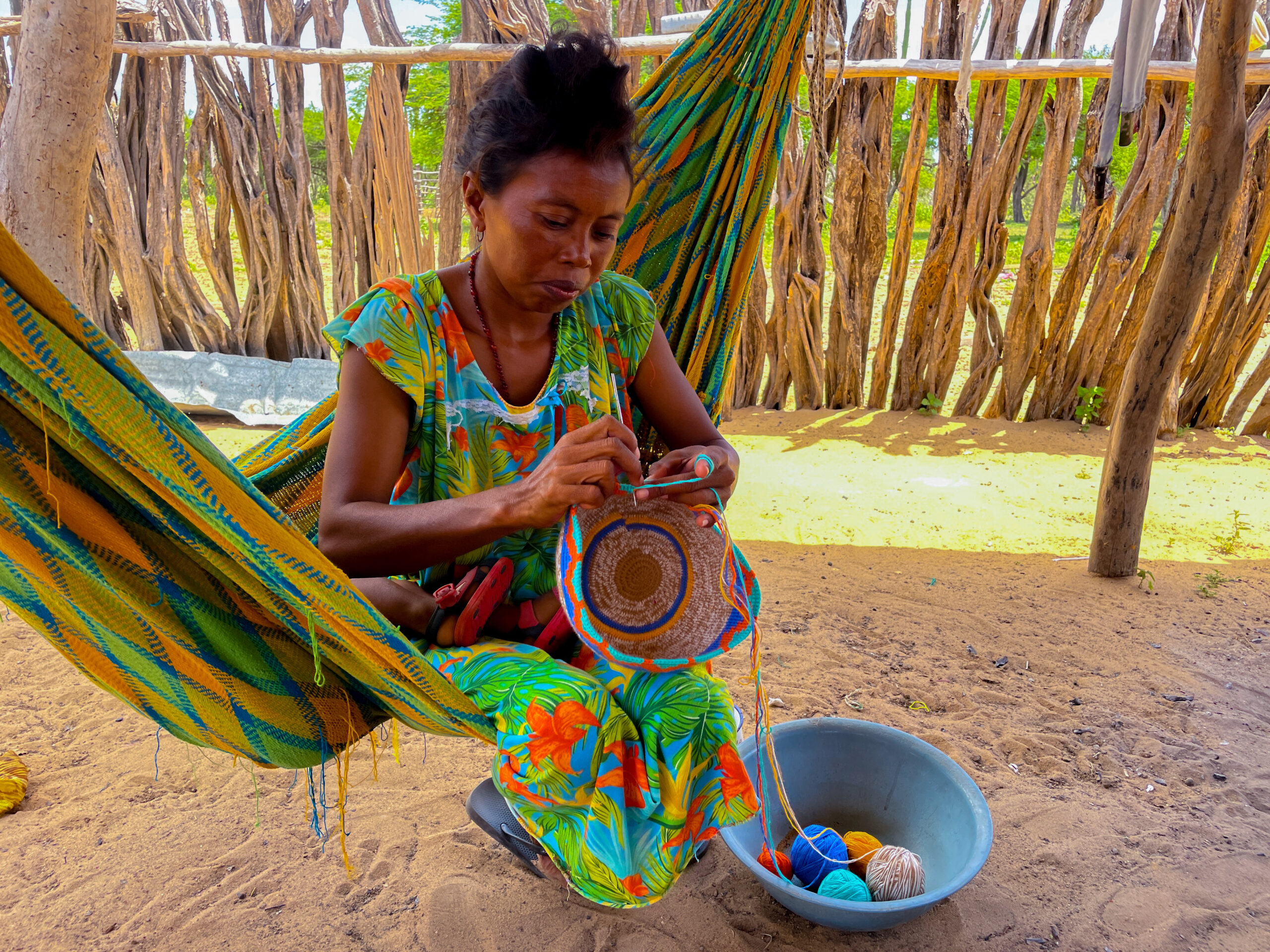
Weaving a mochila can take a couple of days or more depending on the size and intricacy of the design.
Despite challenges such as European colonization in the 16th century, natural and man-made climate change, and modernization, the community has maintained its identity and ancestral traditions, according to NGO Nacion Wayuu.
From dusty plains, to giant sand dunes, to the rich blue shades of the Caribbean sea, la Guajira is a land of striking beauty. But for Colombia’s Wayuu, it’s also the heart of their culture, customs and history. It’s a place of hardship and resilience, but also the place they call home.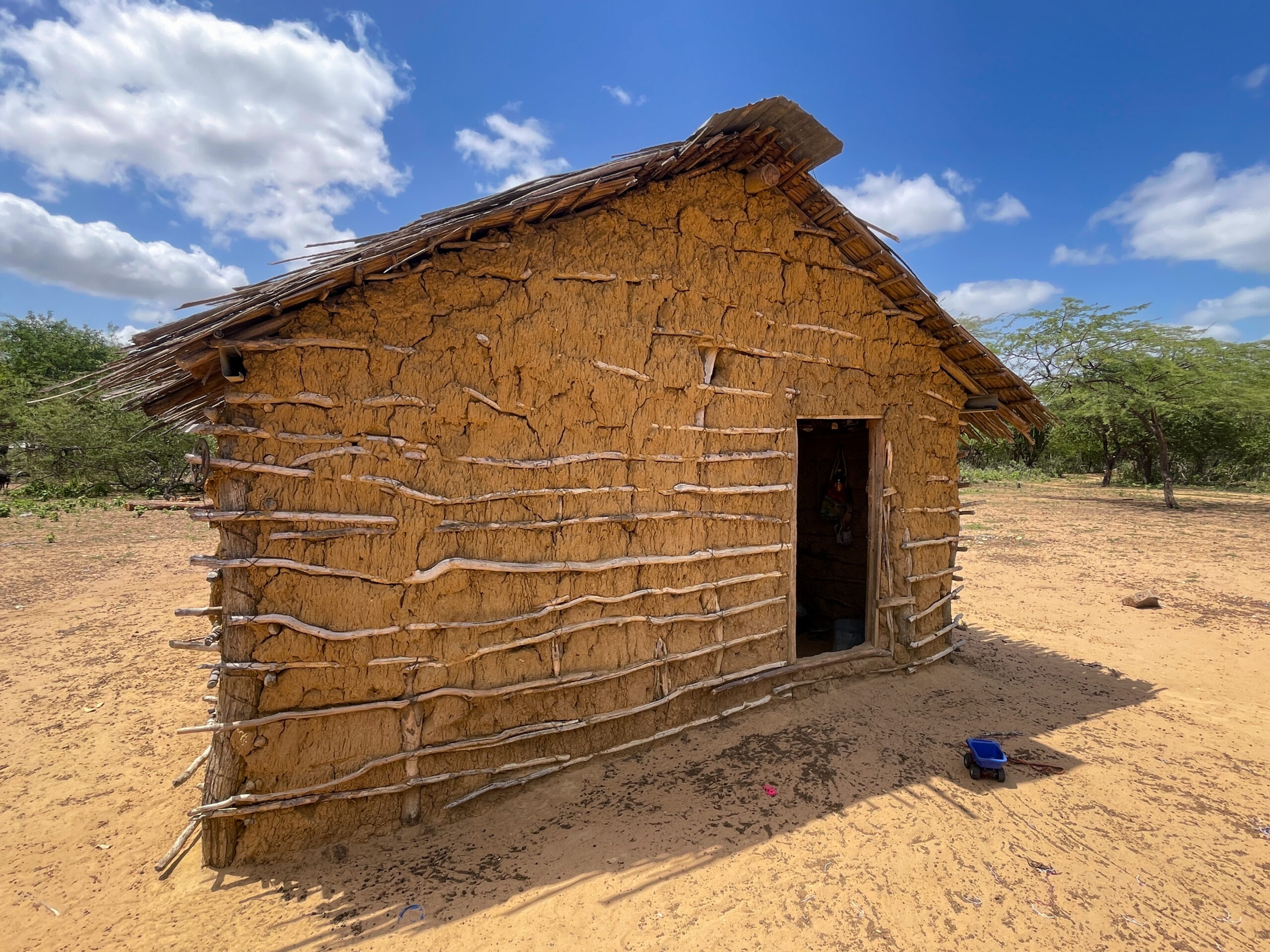
Many Wayuu live in mud and cactus houses.
“Despite the extreme climate in the desert, we are hopeful that future generations of our community will persist and continue to live on this ancestral land forever,” Gonzales says.
All photos courtesy of Catherine Ellis.

